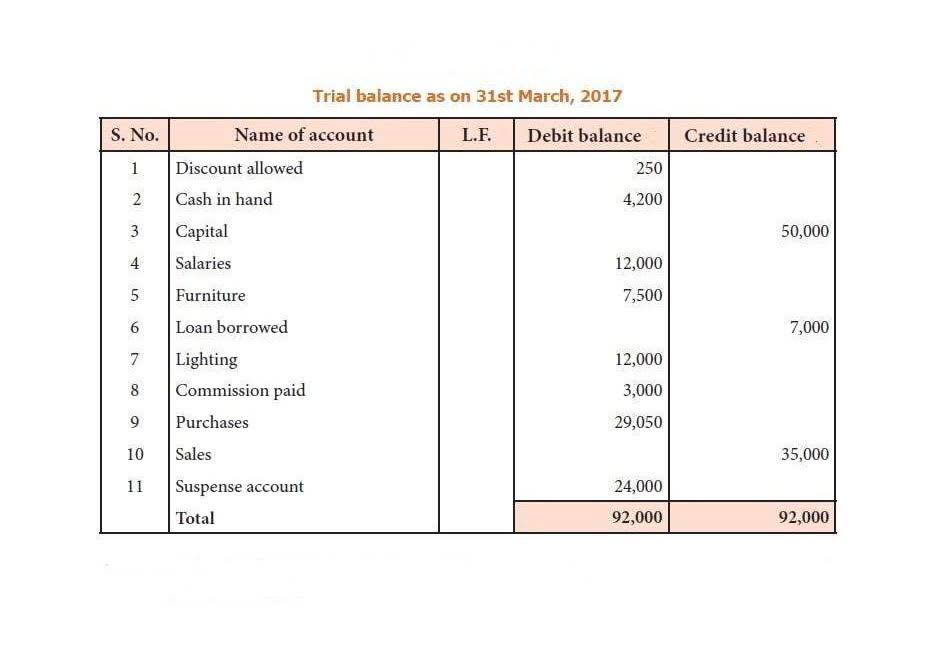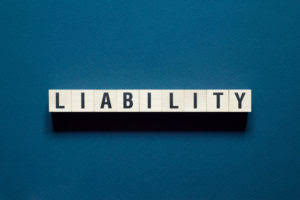
When analyzed over time or compared to competing companies, managers can better understand ways to improve a company’s financial health. Additional paid-in capital or capital surplus represents the amount shareholders have invested in excess of the common or preferred stock accounts, which are based on par value rather than market price. Shareholder equity is not directly related to a company’s market capitalization.

Accounting Software Options
- Investors can gain valuable insight from this financial statement since it shows a company’s resources and how it is funded to evaluate its financial health.
- And please note that for the sake of ease and convenience, we will mostly be looking at the balance sheets of service-based sole proprietorships during the first few months of this course.
- The balance sheet is a crucial financial statement that provides insights into a company’s financial position at a particular point in time.
- In the world of finance technology, using advanced software helps a lot with balance sheet management.
- There are a few common components that investors are likely to come across.
- For more information about finance and accounting view more of our articles.
Includes non-AP obligations that are due within one year’s time or within one operating cycle for the company (whichever is longest). Notes payable may also have a long-term version, which includes notes with a maturity of more than one year. Property, Plant, and Equipment (also known as PP&E) capture the company’s tangible fixed assets. Some companies will class out their PP&E by the different types of assets, such as Land, Building, and various types of Equipment. Enter your name and email in the form below and download the free template now!

How liquid are we? Welcome the liquidity ratio!
Liquidity refers to the ease with which an asset can be sold or exchanged for cash without significantly affecting its value. The faster an asset can be liquidated at a predictable price, the higher it appears on the balance sheet. Grouping refers to putting similar items with similar qualities together and showing them under a common head inside financial statements.
Most Searched Terms
This statement is a great way to analyze a company’s financial position. An analyst can generally use the balance sheet to calculate a lot of financial ratios that help determine how well a company is performing, how liquid or solvent a company is, and how efficient it is. The information you’ll need to examine liquidity is found on your company’s balance sheet. Assets are listed in order of how quickly they can be turned into cash.

The latter is based on the current price of a stock, while paid-in capital is recording transactions the sum of the equity that has been purchased at any price. Shareholder equity is the money attributable to the owners of a business or its shareholders. It is also known as net assets, as it represents the total assets of a company minus its liabilities, or the debt it owes to non-shareholders. A balance sheet is a financial statement that provides a snapshot of a company’s assets, liabilities, and shareholder equity at a specific point in time. Walmart’s debt-to-equity ratio, for example, was a good 1.84 in 2022. The accounts receivable turnover ratio (net credit sales divided by average AR) measures how quickly a company collects payments.
- The urgent payments such as short-term creditors are displayed first, and least urgent payments like long-term creditors will be displayed at last.
- As the company pays off its AP, it decreases along with an equal amount decrease to the cash account.
- These can include bonds that need to be repaid, taxes to be paid later, and loans for buildings.
- For sole proprietorships and partnerships, amounts put in by the owners are recorded as capital.
- Property, Plant, and Equipment (also known as PP&E) capture the company’s tangible fixed assets.
- The key categories of assets are current assets, fixed assets, and intangible assets.
Order of Liquidity of Assets

Explore everything you need to know about the concept of liquidity with our simple guide. On a company’s balance sheet, current assets usually appear at the top of the asset section, listed in order of liquidity with cash first and less liquid items like inventories last. Inventory and accounts receivable take time to monetize, so they are less liquid. Fixed assets like property and equipment are long-term illiquid assets. If a company takes out a five-year, $4,000 loan from a bank, its assets (specifically, the cash account) will increase by $4,000. Its liabilities (specifically, the long-term debt account) will also increase by $4,000, balancing the two sides of the equation.
Non-current assets are listed next because they are not as easily converted to cash. Balance sheet liquidity is a measure of a company’s ability to meet its financial obligations with its liquid assets. Order of liquidity is a presentation method showing accounts in the order of time needed to be converted into cash starting with the most liquid accounts.
- A right of access to property, a connection to a sister company, or an advantage in a certain market are some examples of intangible assets.
- While the current ratio is also referred to as a liquidity ratio, a company with the majority of its current assets in inventory may or may not have the liquidity needed to pay its liabilities as they come due.
- For example, a finance student might focus only on how much cash a company has, without considering other current assets.
- In order to understand the order of liquidity, being familiar with the meaning of liquidity is key.
- They tend to be used in production and include land, buildings, machinery, equipment, furniture, and fixtures.
- This standard arrangement allows external parties like creditors and investors to easily measure a company’s liquidity.
This article breaks down cash vs. liquidity to explain the differences, show where each appears in financial statements, and how to use the right term in the right context. On the right side, the balance sheet outlines the https://www.bookstime.com/ company’s liabilities and shareholders’ equity. Fixed assets require active attempts to sell, such as hiring a real estate broker or auctioneer, in order to convert to cash. The most liquid assets are already cash or can quickly become cash within a few days or weeks.
- The order of liquidity is determined by reviewing a company’s balance sheet.
- Difficult to convert directly to cash and has an indefinite useful life.
- As per this rule, the bank overdraft is an example of a liability that is paid off at the earliest while capital is the liability that is paid out at the last, only if the organisation is dissolved.
- Companies must balance inventory levels to optimize cash flow while meeting customer demand.
- A negative working capital balance may indicate cash flow issues, while excessive current assets could suggest inefficient resource allocation.
Owners’ equity, the amount of what is the order of liquidity on a balance sheet the owners’ investment in the firm after all liabilities have been paid, is the third major category. The order of liquidity is determined by reviewing a company’s balance sheet. The assets are listed in order of liquidity starting with cash and cash equivalents, short-term investments, accounts receivable, inventory, and then long-term assets.